Missouri River bugs
The following are some pictures of Missouri River bugs that were collected just downstream of the Mid Cañon boat ramp on July 7th. It has been a month since our last bug post, so some of the bugs are the same and some are new. Mayfly nymphs, caddis larvae, midge larvae, scuds, sowbugs, worms, and leeches are still very common. This month, blackfly larva and damselfly nymphs have also become common.
Mayfly Nymphs
From left to right are a trico, PMD (pale morning dun), and baetis nymph. Currently trico nymphs are by far the most abundant bug, but there are still quite a few PMD nymphs around. These bugs are often present in a range of sizes simultaneously. Right now, most anglers are fishing some sort of pheasant tail variation in sizes 16 or 18 that could imitate any of these different nymphs. Although trico nymphs outnumber PMD nymphs, it’s possible that the greater size of the PMDs makes them preferable, or at least easier for trout to see, at their current densities.
Blackfly Larva
These larvae are present throughout the year and in great numbers during the summer. The adult is commonly known as the Buffalo Gnat. During July, the larvae are very abundant in the Missouri River. July is also the month when there is a resurgence in the popularity of zebra midge patterns. The profile of a blackfly larva is very similar to that of a zebra midge. These larvae are brownish black and usually between 0.75-1.0 centimeters (hook sizes 16-20) in length.
Midge larvae
Midge is a very broad term that encompasses basically any small trout food item that is not a caddisfly, mayfly, or stonefly. The blackfly larva mentioned above would also fall into this category. In addition to the blackfly, these skinny midge larvae are very abundant. These bugs range in size from a few millimeters to almost a centimeter in length (hook sizes 16-20). They are most abundant in cream, olive, and red coloration.
Worm
Like sowbugs and scuds, worms are another trout food item that does not hatch and is always present. They become most available to trout during periods of increased flow that dislodges them from the river bottom. Keep an eye on the flow gauges. If water release increases at the dam, or if flows increase in the tributaries due to a rain event, worms are a great option for your lead bug. It wouldn’t be a bad idea to try one out today or tomorrow in light of the current weather. These bugs occur in a wide range of sizes (hook sizes 2-16).
Damselfly nymph
As summer progresses damselfly nymphs become more active. They live in weedy areas of the river bottom until they are ready to hatch. During hatching, they swim to the bank where they climb out and molt. During these migrations, these bugs are very vulnerable to predation from trout.
In Trout Flies, Gary Lafontaine says:
“Anglers on the Missouri working the great Trico spinner falls stalk sipping trout in the coves, but they wonder about those random explosive rises out in the main current. Every summer day on the weedy water below Holter Dam there are migrations of emerging damsels, the insects swimming to the shallows. A Floating Damselfly Nymph, cast from the bank and retrieved with spurts, draws the same type of violent takes as the naturals.”
Trico adult
Tricos are hatching in great numbers right now although the rainy weather yesterday temporarily slowed them down. They were swarming me while I was collecting the bugs for this post last week. The spinner fall has been happening around 10:00 AM, but there are rising fish for a couple hours on either side of that. If you can, you should be here for the hatch sometime in the next week or two. If you can’t, you can live vicariously through this video by John Arnold.

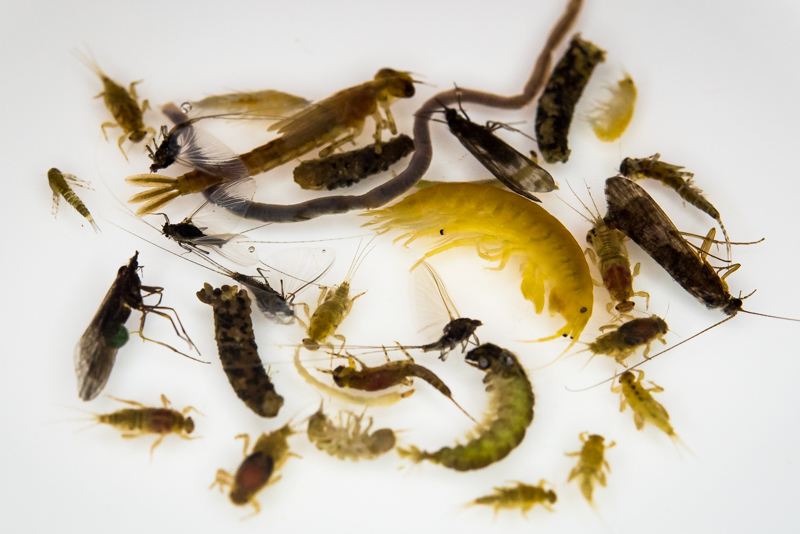
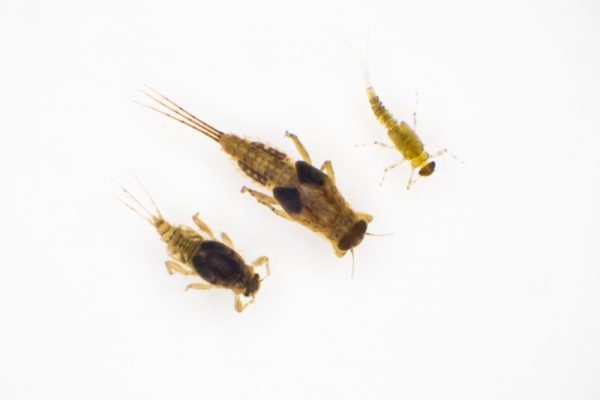
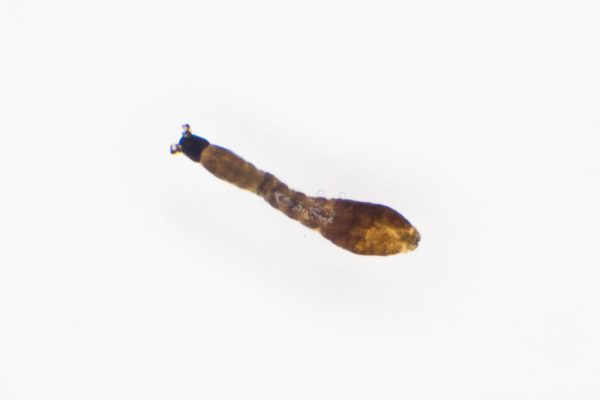
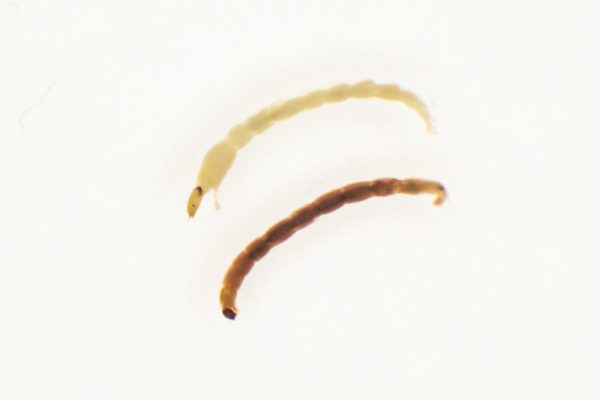
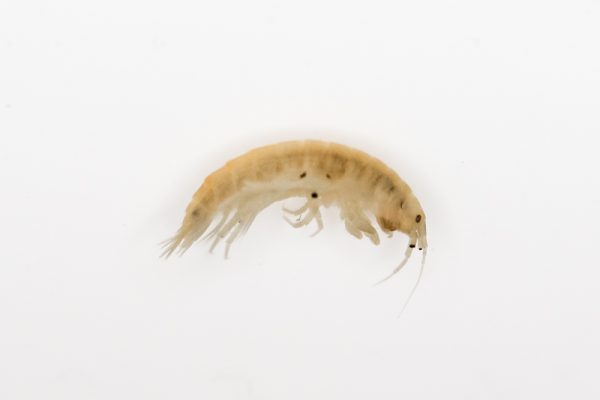
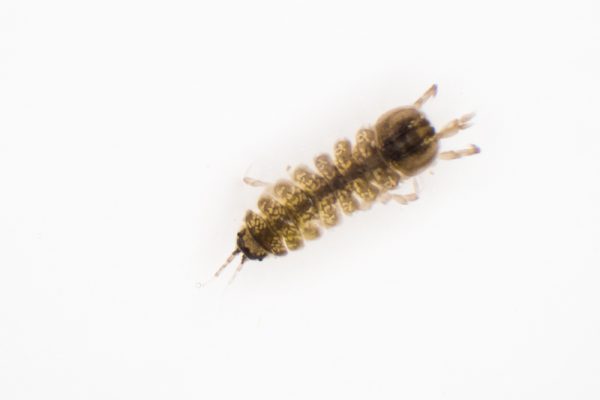
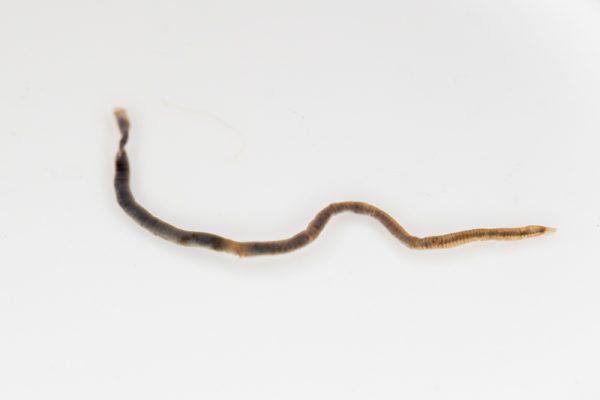
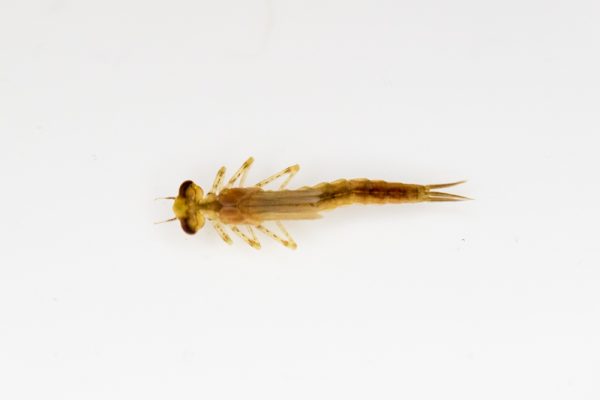
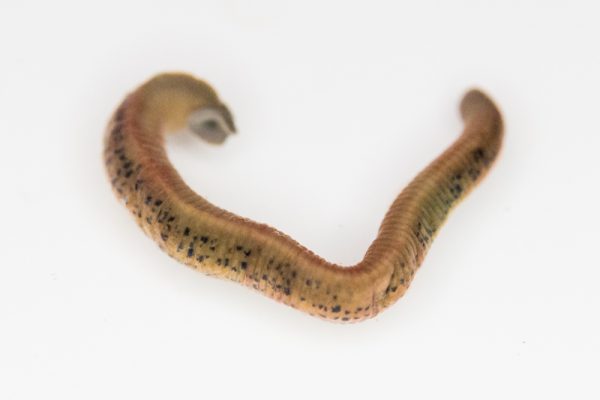
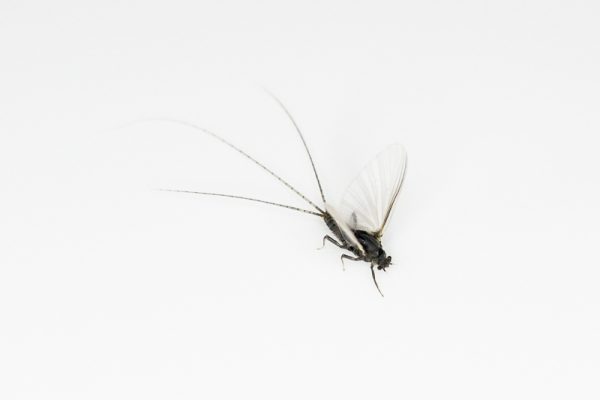
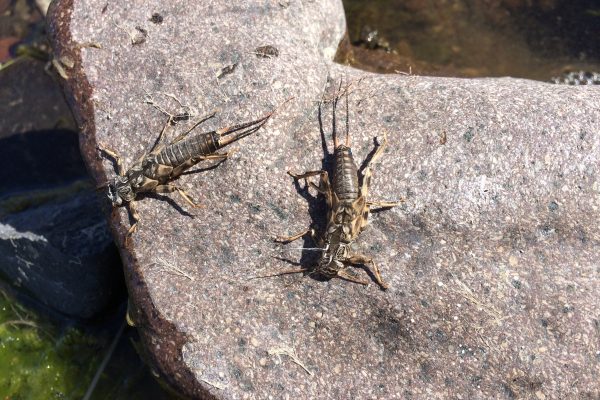
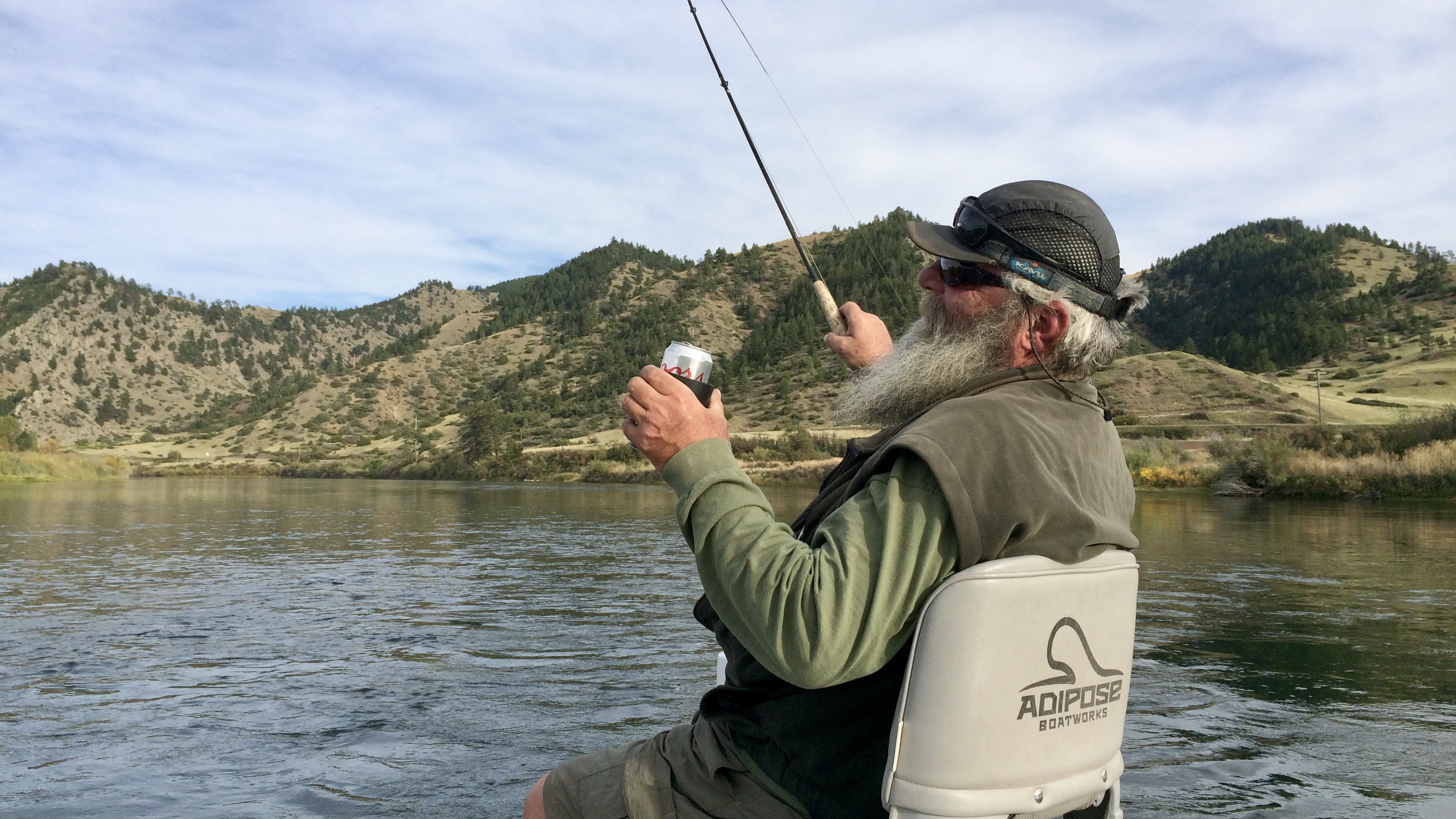
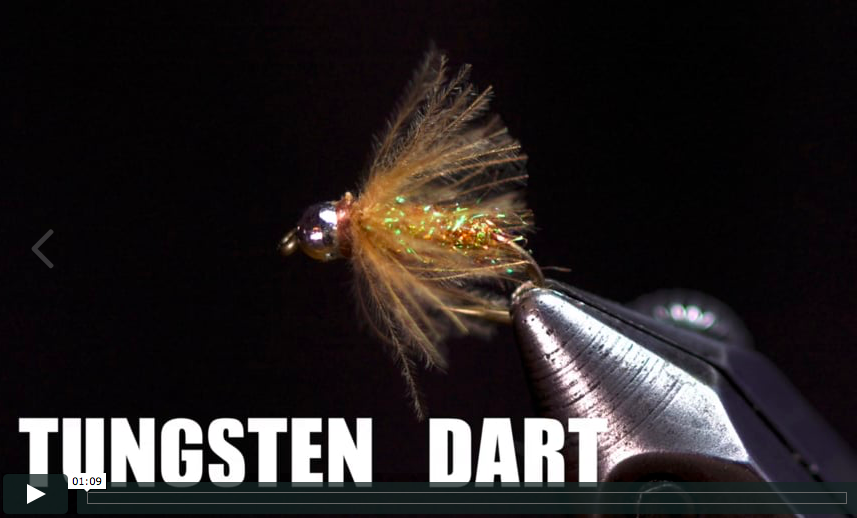

5 Comments.
Awesome!!
Well done, Braden! Being one who enjoys tying, I really appreciate this series of posts. Keep up the excellent work. You’re the man!!
Thanks, Braden, for that excellent and valuable aquatic entomology report. I sure appreciate the time and effort you put in to collect and photograph the bugs and do the write-up. I’ll try retrieving a damselfly nymph in spurts the next time I’m out. And thanks, Headhunters, for posting.
Thanks for the encouraging words guys. John Arnold is responsible for all of the great macrophotography.
OUTSTANDING! work gentlemen. Wonderfully informative.